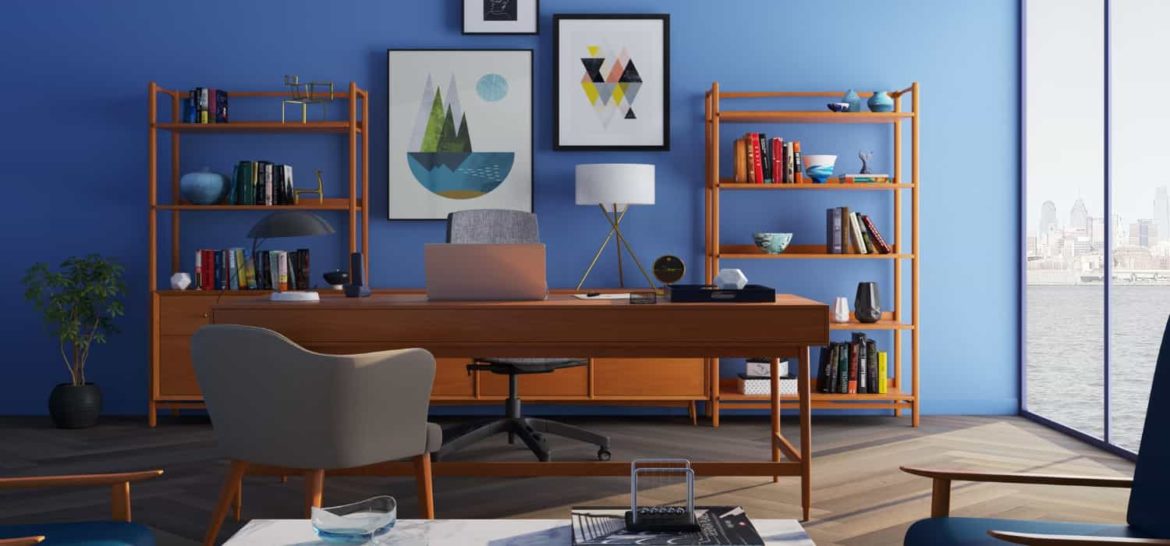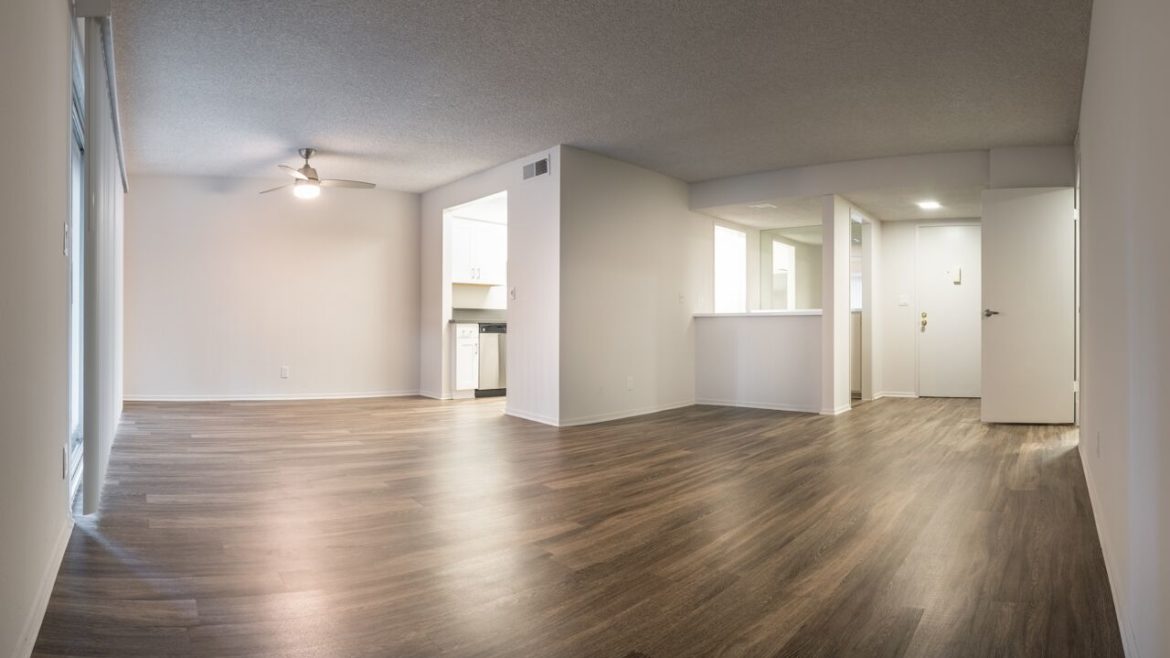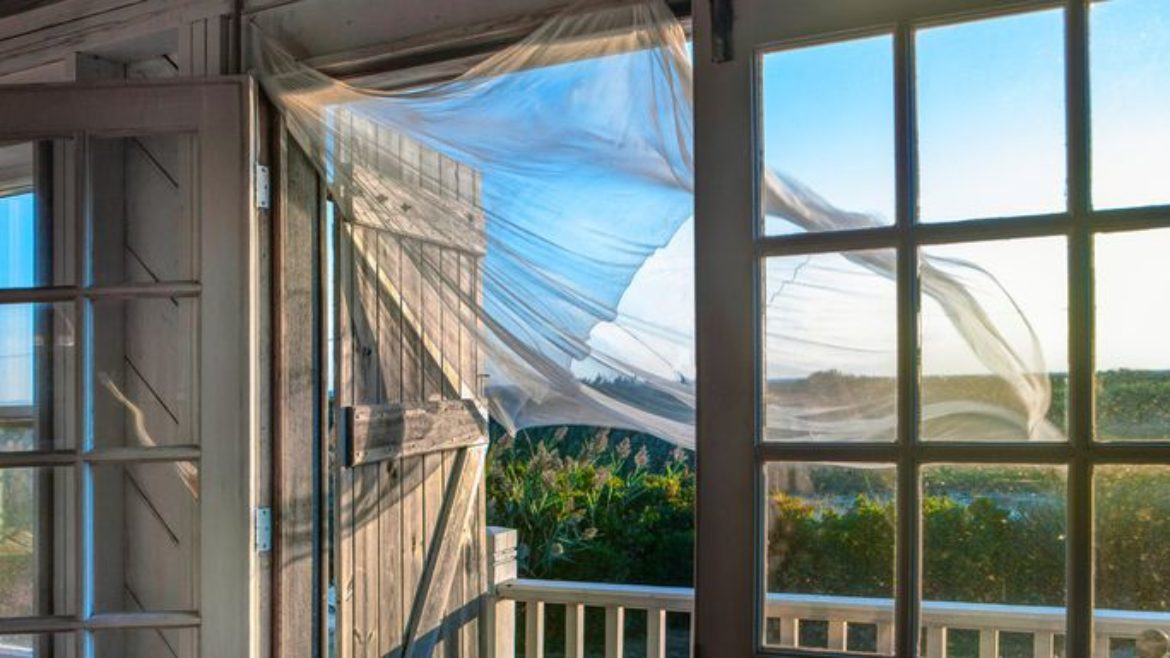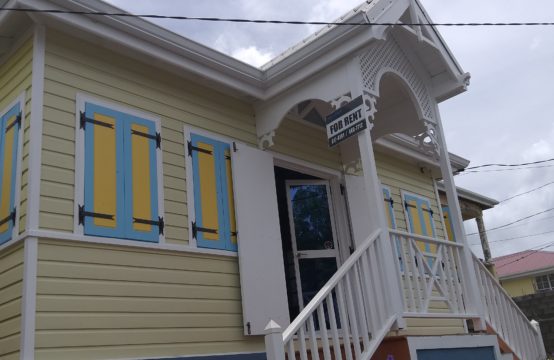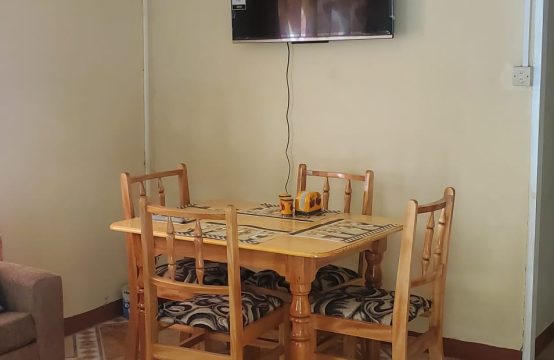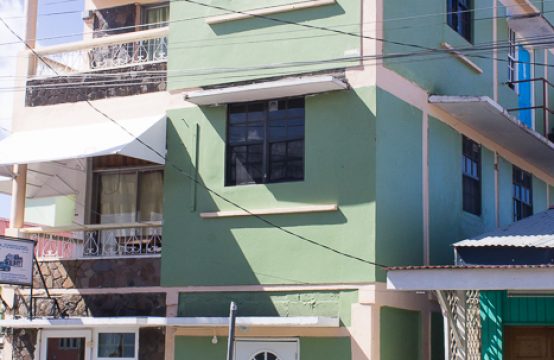
If you actually wanted to get to your destination, would you put the cart before the horse? We dare say that you would answer no.
This is why it is amazing that many potential home buyers put the cart before the horse and go out to search for homes without going to a financial institution first to find out what mortgage amount they could qualify to receive. We share the following 3 main reasons why prospective buyers should visit their lender before searching for homes.
Be ready to compete
Most times a buyer finds a great deal on a home, there are many other buyers who have also found it. A buyer who has been to their lender, brought in all the requisite information and has been advised of the mortgage amount they would qualify for is in a position of strength. This buyer knows for sure how much they should offer in negotiations with a seller and is able to offer a shorter time to complete the purchase because they have already begun the loan application process.
Do not short-change or disappoint yourself
A buyer who guesses how much house he can afford could easily be placed at a disadvantage. If a buyer thinks he can afford less, he could waste time looking at lower quality homes although he may be able to afford more. However, if a buyer can afford more than he thinks, he could be setting themselves up for great disappointment if he falls in love with a home that he eventually finds out he cannot afford.
It is practical.
It is just sensible for a buyer to first begin the loan application process and find out how much a
lender is able to provide to him as a mortgage loan then go out to view properties at an appropriate price. This will save the buyer, seller and real estate agent the time and inconvenience caused from discussing and visiting homes that the buyer cannot afford.



